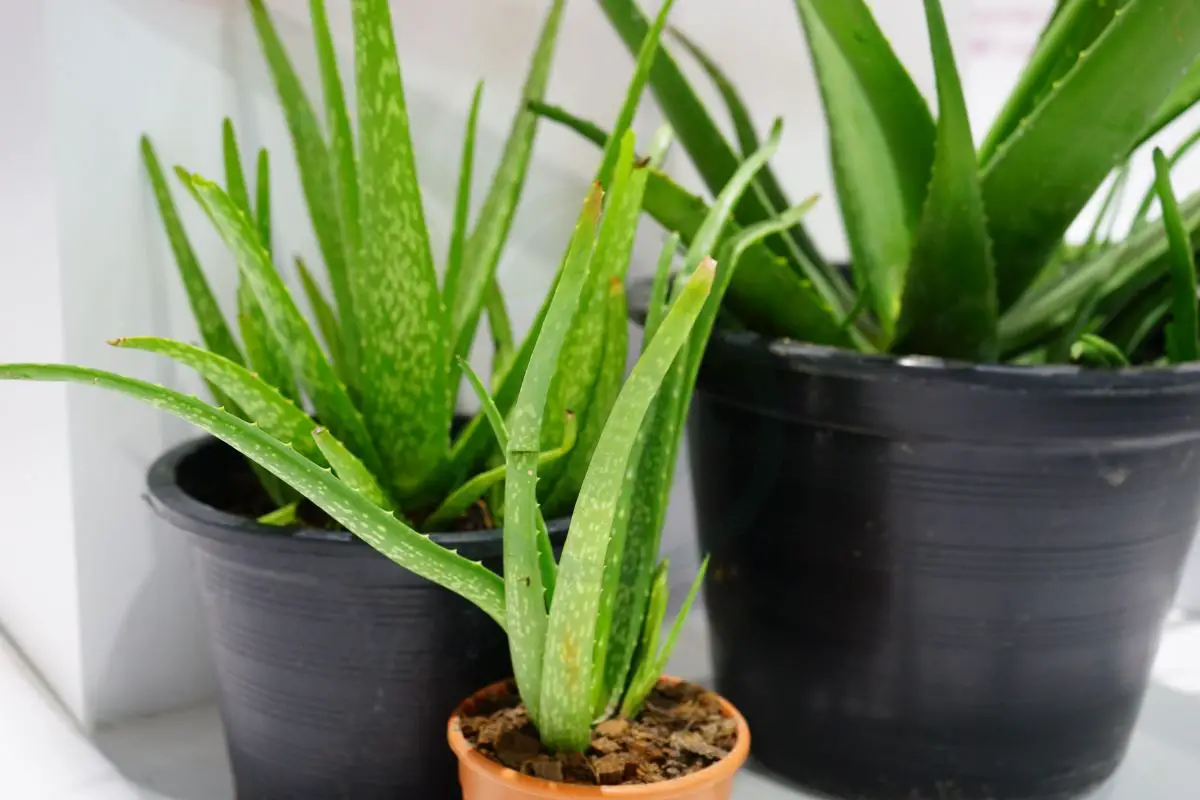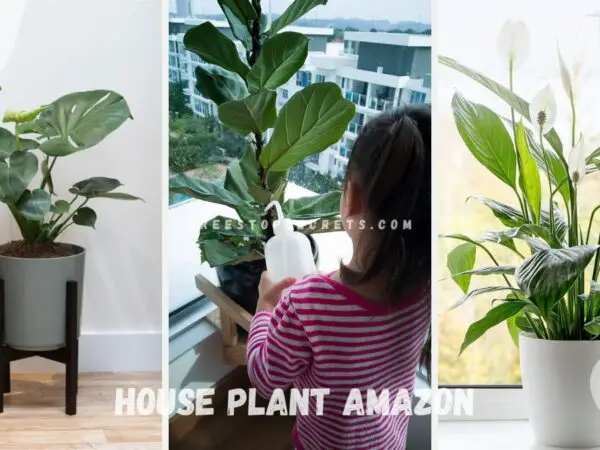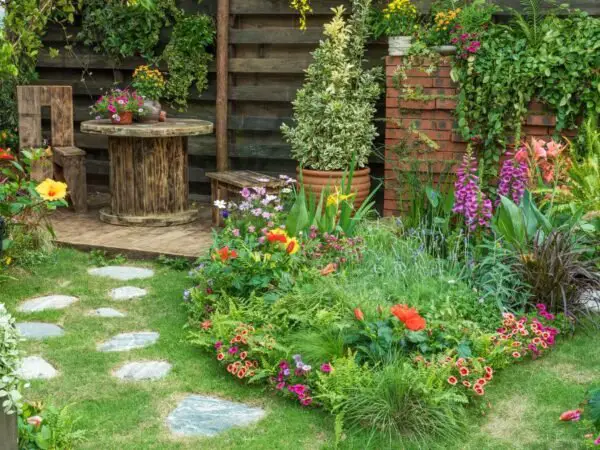Are you eager to cultivate a thriving live aloe vera plant at home? Discover the secrets to nurturing this hardy succulent, from optimal sunlight exposure to proper watering techniques. Say goodbye to wilting leaves and hello to lush, vibrant foliage with our expert tips.
Looking to transform your living space into a green oasis? Dive into our comprehensive guide on everything you need to know about caring for a live aloe vera plant. From repotting advice to pest management strategies, we've got you covered. Get ready to elevate your gardening game and enjoy the countless benefits of having a flourishing aloe vera plant in your home.
Key Takeaways
- Place your live aloe vera plant indoors in a sunny spot to thrive.
- Water your aloe vera plant sparingly, allowing the soil to dry out between waterings.
- Use a well-balanced fertilizer to nourish your aloe vera plant during its growing season.
- Regularly monitor the growth of your aloe vera plant and adjust care accordingly.
- Aloe vera plants not only purify the air but also provide health benefits like soothing skin irritations.
- To propagate your aloe vera plant, utilize offsets or leaf cuttings for successful reproduction.
Aloe Vera Overview
Plant Description
Aloe vera, also known as aloe, is a succulent plant with fleshy, spiky leaves that contain a gel-like substance. The plant typically grows in rosette patterns, with each leaf having serrated edges. Aloe vera leaves are characterized by their thick and rubbery texture, designed to store water efficiently. These leaves are filled with a clear gel that holds various beneficial compounds for skincare and health.
The unique characteristics of aloe vera leaves make them stand out among other plants. Their ability to retain moisture in arid conditions showcases the plant's resilience and adaptability. Aloe vera serves as a symbol of vitality due to its healing properties and the traditional belief in its ability to bring luck and prosperity.
Indoor Benefits
Having an aloe vera plant indoors can create a calming atmosphere, thanks to its soothing green color and low maintenance requirements. The plant's presence can help reduce stress levels and promote relaxation in indoor spaces. Aloe vera is not only aesthetically pleasing but also acts as a natural air purifier, removing toxins like formaldehyde from the air.
Aloe vera's purification abilities make it an excellent addition to living spaces, especially in urban environments where air quality may be compromised. By absorbing harmful chemicals present in cleaning products and paints, aloe vera contributes to creating a healthier indoor environment. Its presence can enhance the overall well-being of individuals by promoting cleaner air and fostering a sense of tranquility.
Indoor Placement
Light Needs
Aloe vera requires bright, sunny conditions to thrive as it is a succulent plant. Adequate sunlight is crucial for its growth and overall health. Overexposure to sunlight can lead to sunburn, causing damage to the plant's leaves.
To ensure optimal growth, balance the light exposure by placing the aloe vera plant in a spot where it receives indirect sunlight for most of the day. This helps prevent sunburn while still providing the necessary light for photosynthesis. Consider rotating the plant occasionally to promote even growth.
Space Requirements
When considering indoor placement for aloe vera plants, keep in mind their space requirements. Aloe vera plants typically have shallow root systems and do not need large pots. Opt for containers with good drainage to prevent waterlogging, which can lead to root rot.
Aloe vera is versatile and can adapt to various settings, making it suitable for small spaces like windowsills or larger areas such as living rooms or offices. Ensure that the plant has enough room to grow vertically without being overcrowded by other plants. Consider grouping multiple aloe vera plants together for a visually appealing display.
Watering Aloe Vera
Schedule
Aloe vera plants thrive with infrequent watering due to their succulent nature, needing water every 3-4 weeks. During winter, reduce watering frequency to once every 6-8 weeks to prevent overwatering. In contrast, summer months require slightly more frequent watering intervals of 2-3 weeks.
To maintain a consistent care routine for aloe vera, monitor the soil moisture levels regularly. Inserting a finger into the soil up to the first knuckle helps determine if it's time for watering. Adjust the schedule based on environmental factors like humidity and temperature for optimal plant health.
Techniques
For propagating aloe vera plants, utilize offsets or "pups" that grow alongside the main plant. Gently remove these offsets and allow them to dry for a day before planting in well-draining soil. This method ensures successful propagation and expansion of your aloe vera collection.
Promote healthy growth in aloe vera by providing ample sunlight exposure, ideally around 6-8 hours daily. Rotate the plant occasionally to ensure even growth and prevent leaning towards the light source. Use a balanced fertilizer diluted to half strength during the growing season for added nutrients.
Pruning and grooming techniques are essential for maintaining aloe vera's vitality. Trim off any yellow or wilted leaves close to the base using clean shears to encourage new growth. Regularly remove debris from around the plant to prevent pests and diseases from affecting its health.
Fertilizing Essentials
Best Types
Aloe vera plants come in various types, with Aloe Barbadensis Miller being the most common. Other popular varieties include Aloe Juvenna and Aloe Nobilis. Each type has unique characteristics, such as leaf color, size, and growth patterns.
When selecting an aloe vera plant, consider factors like size, color, and growth rate to match your preferences. For instance, if you prefer smaller plants, Aloe Juvenna might be ideal. On the other hand, if you enjoy larger plants with distinctive colors, Aloe Nobilis could be a great choice.
Frequency
To ensure the optimal growth of your aloe vera plant, it's crucial to water it appropriately. A good rule of thumb is to water your plant every 2-3 weeks, allowing the soil to dry out between watering sessions.
Regularly check the moisture levels in the soil by inserting your finger into the soil up to about an inch deep. If it feels dry, it's time to water your aloe vera plant. However, if the soil still feels moist, hold off on watering to prevent overhydration.
Establishing a consistent watering routine is key for maintaining healthy aloe vera plants. By monitoring the moisture levels regularly and adjusting your watering frequency accordingly, you can promote robust growth and prevent issues like root rot.
Growth and Care
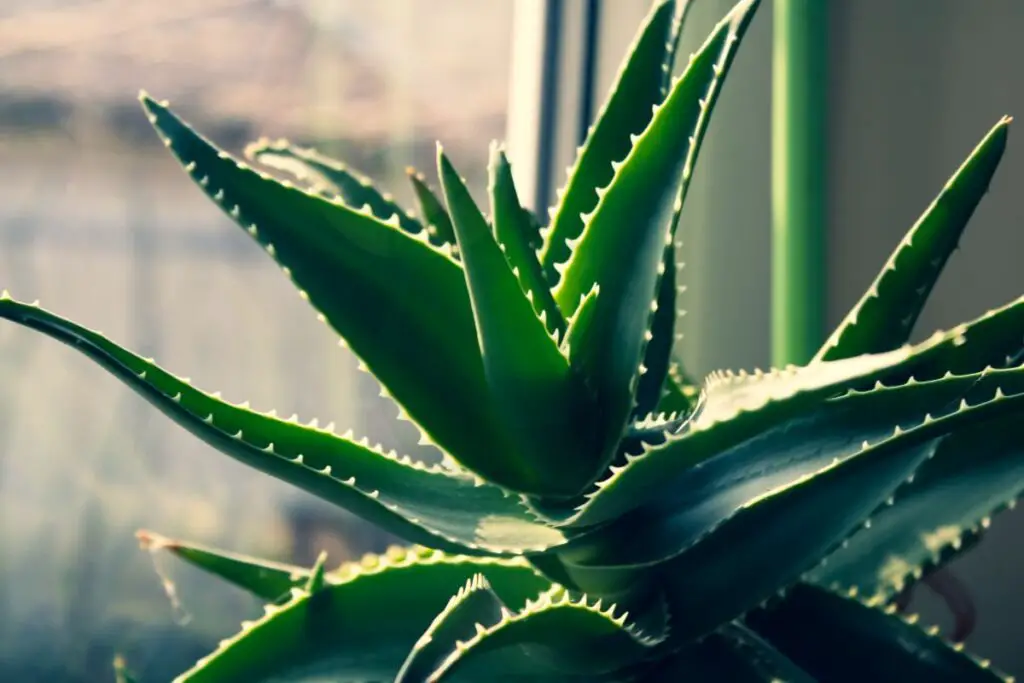
Pruning Tips
Pruning benefits aloe vera plants by stimulating new growth and removing dead leaves, promoting overall plant health. Regular pruning helps prevent pest infestations and diseases, ensuring a thriving plant. Properly prune by using sharp shears to cut damaged or overgrown leaves close to the base. This technique encourages the plant to focus its energy on healthy foliage, leading to robust growth.
Repotting Guide
When your aloe vera plant shows signs of becoming root-bound, it's time to consider repotting. Signs include roots growing out of the drainage holes or pushing the plant up in its current pot. Repotting allows for fresh soil, more space for root growth, and better nutrient absorption. The process involves gently removing the plant from its current container, inspecting the roots for health, and placing it in a slightly larger pot with well-draining soil.
Air Purification
Natural Purifiers
Aloe vera, known for its soothing gel, acts as a natural air purifier by effectively removing toxins. It releases oxygen during the night, enhancing air quality. The plant cleanses surroundings by absorbing harmful chemicals like formaldehyde and benzene.
This succulent's benefits for indoor air quality are remarkable. Aloe vera not only adds greenery but also filters out pollutants. Incorporating aloe vera in your living space can lead to fresher, cleaner air.
Improving Air Quality
The role of aloe vera in improving indoor air quality cannot be overstated. It actively removes airborne toxins, promoting a healthier environment. By reducing pollutants, aloe vera contributes to better breathing and overall well-being.
Aloe vera's air-purifying properties make it an excellent addition to any room. Its ability to absorb harmful substances from the air enhances the quality of the atmosphere. Breathing cleaner air can have significant health benefits over time.
Health Benefits
Skin Care
Aloe vera gel is renowned for its skin-nourishing properties, aiding in hydration and reducing inflammation. It acts as a natural moisturizer, promoting healthy, glowing skin.
For individuals with skin conditions like eczema or sunburns, applying aloe vera can provide soothing relief due to its anti-inflammatory and cooling effects. Regular use of aloe vera can help in healing minor cuts and burns, thanks to its antibacterial properties.
- Aids in hydration
- Reduces inflammation
- Acts as a natural moisturizer
Medicinal Uses
The medicinal properties of aloe vera are vast, ranging from boosting the immune system to aiding digestion. Its anti-inflammatory and antioxidant components make it an effective remedy for various ailments.
Aloe vera has been used traditionally to treat digestive issues like indigestion and constipation. It is known for its ability to accelerate wound healing and alleviate skin irritations like rashes.
- Boosts the immune system
- Aids digestion
- Accelerates wound healing
Propagation Methods
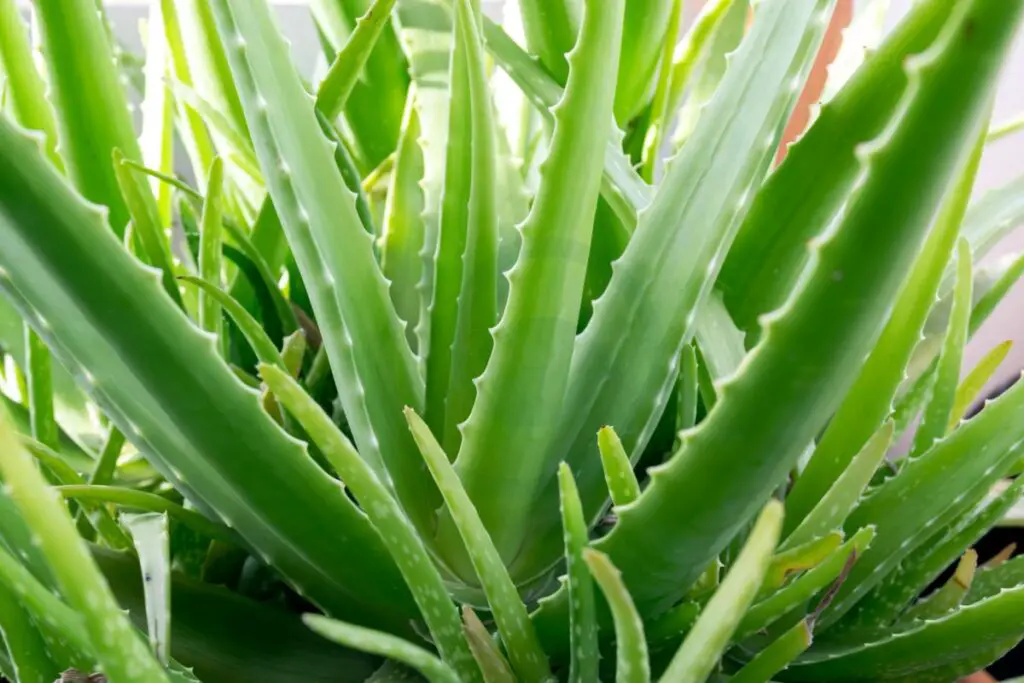
Cuttings
Taking cuttings from an aloe vera plant involves selecting a healthy, mature leaf and cleanly cutting it close to the base. This process ensures that the cutting has enough stored nutrients to thrive independently. Afterward, allow the cutting to dry for a day or two before planting it in a well-draining soil mix.
Propagation through cuttings is a straightforward method that yields quick results. The steps include choosing a sharp, sterilized knife for cutting, ensuring the cut end calluses over before planting, and providing indirect sunlight during initial growth. Using cuttings guarantees genetic similarity to the parent plant, maintaining desirable traits such as size and color.
The benefits of using cuttings for aloe vera propagation are numerous. Firstly, it's a cost-effective way to expand your collection of aloe vera plants without purchasing new ones. Cuttings offer a faster growth rate compared to other propagation methods, allowing you to enjoy mature plants sooner. Lastly, propagating through cuttings ensures that you can maintain the specific characteristics of your existing plant.
Offshoots
Offshoots are small baby plants that grow around the base of the main aloe vera plant. These offshoots, also known as "pups," indicate that the parent plant is healthy and thriving. To propagate using offshoots, gently separate them from the mother plant once they reach about one-third of its size.
Aloe vera offshoots have significant potential for propagation because they already possess their root system, making them more resilient during transplantation. Caring for these offshoots involves providing adequate sunlight, watering sparingly but regularly, and ensuring proper drainage to prevent root rot.
Nurturing aloe vera offshoots is rewarding as they grow rapidly into independent plants with minimal effort on your part. With proper care and attention, these offshoots will develop into mature aloe vera plants that can be used for various purposes like skincare or home remedies.
Common Issues
Overwatering Signs
Aloe vera plants show signs of overwatering such as yellowing leaves, mushy stems, or root rot. These indicate excessive moisture levels harming the plant. To prevent overwatering, allow the soil to dry completely between watering sessions.
Overwatering aloe vera jeopardizes its health, leading to fungal infections and root diseases. This can ultimately cause the plant to wilt and die. It is crucial to avoid waterlogged conditions for aloe vera's optimal growth and vitality.
To maintain aloe vera vitality, ensure proper drainage in the pot and use a well-draining soil mix. Water only when the topsoil is dry to touch about an inch deep. Consider repotting your aloe vera if you suspect overwatering issues persist.
Pest Problems
Common pests that affect aloe vera plants include mealybugs, aphids, and spider mites. Signs of pest infestation on aloe vera may include yellow or withered leaves, sticky residue on leaves, or visible pests on the plant.
To address pest problems in aloe vera, use organic insecticidal soap or neem oil to control pests effectively without harming the plant. Regularly inspect your plant for any signs of pests and isolate infected plants to prevent spreading.
Preventive measures for pest problems in aloe vera include keeping the plant clean by removing debris and dead leaves regularly. Isolating new plants before introducing them into your collection can help prevent introducing pests unknowingly.
Summary
In summary, you've learned about the essential care tips for your live aloe vera plant, from indoor placement and watering to fertilizing and propagation methods. Aloe vera not only purifies the air but also offers numerous health benefits. By understanding common issues and growth essentials, you can ensure your plant thrives. Remember to provide adequate sunlight, water sparingly, and watch out for signs of overwatering or pests.
Take action now by applying these insights to nurture your aloe vera plant effectively. Share your newfound knowledge with fellow plant enthusiasts and continue exploring the world of indoor gardening. Your commitment to caring for your aloe vera will not only enhance your living space but also promote a healthier environment for you and your loved ones.
Frequently Asked Questions
Where is the best place to keep my aloe vera plant indoors?
Aloe vera plants thrive in bright, indirect sunlight. Place your plant near a window where it can receive plenty of light without being directly exposed to harsh sunlight.
How often should I water my aloe vera plant?
Water your aloe vera plant deeply but infrequently. Allow the soil to dry out completely between waterings to prevent overwatering, which can lead to root rot.
Do aloe vera plants require fertilization?
Aloe vera plants are not heavy feeders and can thrive without frequent fertilization. Use a balanced fertilizer diluted to half strength during the growing season, typically spring and summer.
What are some common issues that may affect my aloe vera plant?
Overwatering is a common issue that can cause root rot in aloe vera plants. Pests like mealybugs and aphids may infest the plant. Ensure proper drainage and inspect your plant regularly for signs of pests.
How can I propagate my aloe vera plant?
Aloe vera plants can be propagated easily through offsets or "pups" that grow from the main plant's base. Gently remove the offset and allow it to dry before planting it in well-draining soil to establish roots.
Image Source: Paid image from CANVA

